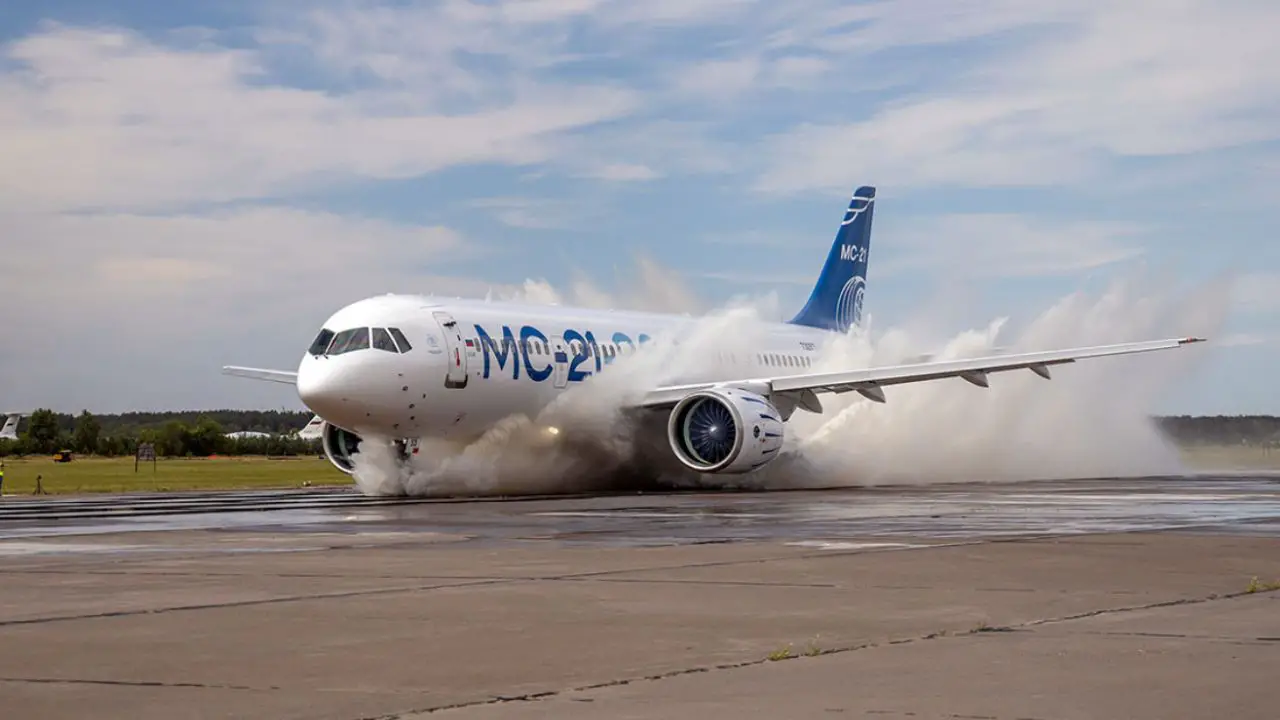An extensive network of locations that offer an unparalleled diversity of environmental conditions is the core of Russia’s civilian aircraft testing program. This enables manufacturers to conduct the entire set of certification and performance trials within the country, although international sites might be used for specialized purposes. Testing is not restricted to a single location; rather, aircraft change locations seasonally to pursue the appropriate conditions, guaranteeing that all environmental parameters necessary for certification are verified in real-world scenarios.
Located near Moscow, the Gromov Flight Research Institute is a main center that is indispensable for aerodynamic studies and prototype flights. It maintains extensive test databases. Another essential facility is the 929th State Flight Test Centre, named after V.P. Chkalov and located near Akhtubinsk in Astrakhan Oblast. This center is indispensable for the evaluation of new aviation equipment and weapon models, as it is capable of conducting thorough technical and combat-related flight evaluations. Akhtubinsk is primarily a military test site; however, its infrastructure also enables civil aviation testing.
Cold-weather trials are a cornerstone of Russia’s civil aircraft testing strategy. In winter, prototypes are flown to airports in the Arctic and sub-Arctic regions, including Syktyvkar, Yakutsk, Magadan, Mirny, and Norilsk. Temperatures below -20°C, and as low as -40°C in Yakutsk, characterize these airfields. These conditions enable cold-soak testing, which involves exposing an aircraft to the elements for extensive periods before starting and operating its systems, as well as takeoff and landing trials on runways that have been contaminated by snow and ice.
Every location has its own unique benefits: the harsh Arctic climate of Norilsk, the remote but vast facilities in Mirny, and the coastal breezes in Magadan.
After the cold season concludes, manufacturers move to hot-weather regions, including the Astrakhan region and Akhtubinsk, where summer temperatures exceed +40°C. Under heat-soaked conditions, these evaluations place a strain on engines, avionics, and cabin cooling systems.
The combination of advanced testing infrastructure and extreme temperatures in Akhtubinsk, which is home to the 929th State Flight Test Centre, renders it particularly valuable. In the past, certain programs have also conducted hot-weather trials abroad, such as in the Middle East, to simulate arid operational scenarios.
In the Caucasus, altitude performance is assessed at airports such as Nalchik and Mineralnye Vody, which provide moderate elevations that are suitable for early-stage high-altitude testing. Foreign locations, such as La Paz in Bolivia or Leh in India, have been used for certification that necessitates extreme altitudes. Natural icing trials are conducted in northern and coastal cities, including Arkhangelsk and Petrozavodsk, where the combination of frigid conditions and moist air results in the formation of realistic ice accretion on airframes and engines. In contrast, crosswind handling is evaluated in open, wind-prone regions such as Novosibirsk and coastal cities like Vladivostok, which are subject to year-round powerful gusts.
This “chase the weather” approach has distinguished Russian flight testing from the Soviet era to the present. Aircraft such as the Tupolev Tu-204, Sukhoi Superjet 100, and MC-21 have all witnessed extensive campaigns that have spanned the frozen expanses of Siberia, the scorching heat of southern Russia, the icing conditions of the north, and the winds of the Pacific coast. Russian manufacturers can guarantee safety, reliability, and compliance with international certification standards by validating aircraft performance in virtually every operational climate an airliner may encounter in service, utilizing a network of diverse test locations.
The methods used in the United States and Europe are broadly similar to Russia’s approach to civilian aircraft testing. However, geography and infrastructure significantly influence the differences. Russian manufacturers, like their Western counterparts, are required to demonstrate that their aircraft can operate safely in a wide variety of real-world conditions, including extreme cold, severe heat, high altitude, icing, crosswinds, and more.
In the United States, testing is typically conducted in a variety of locations, including Fairbanks and Iqaluit for cold, Yuma and Death Valley for heat, Denver for altitude, and coastal airports for wind and saline exposure. In the same vein, European programs use a network of sites, such as Kiruna in Sweden for Arctic weather, southern Spain for heat, and the Alps for altitude.
The distinction is that Russia’s extensive geographic expanse, which includes semi-desert and Arctic tundra, enables it to conduct nearly all of these trials within its borders.
Western manufacturers frequently require the deployment of aircraft to international locations to observe comparable conditions, whereas Russia is able to transport prototypes between domestic locations and still meet certification requirements. Nevertheless, this domestic advantage is not without its set of obstacles, such as the logistical challenges and remoteness of certain Russian test sites in comparison to the more accessible and commercially developed facilities in the U.S. and Europe.
Official Website of Youtube Channel – Altitude Addicts
